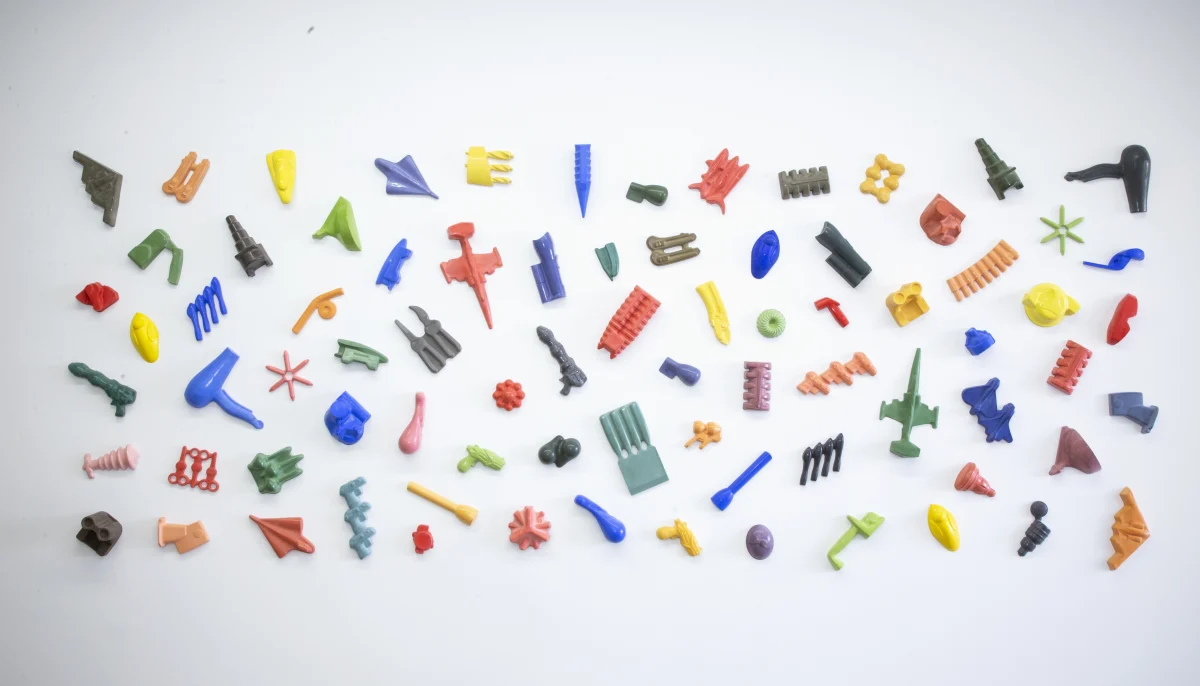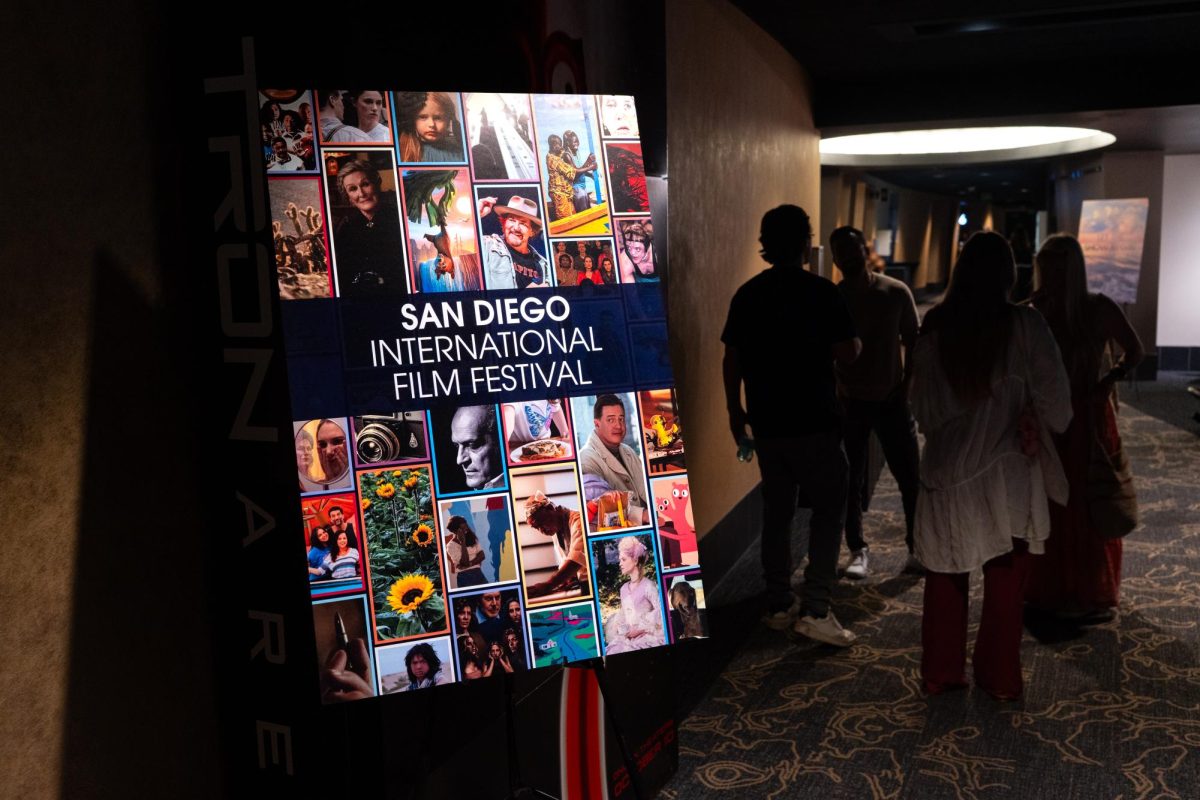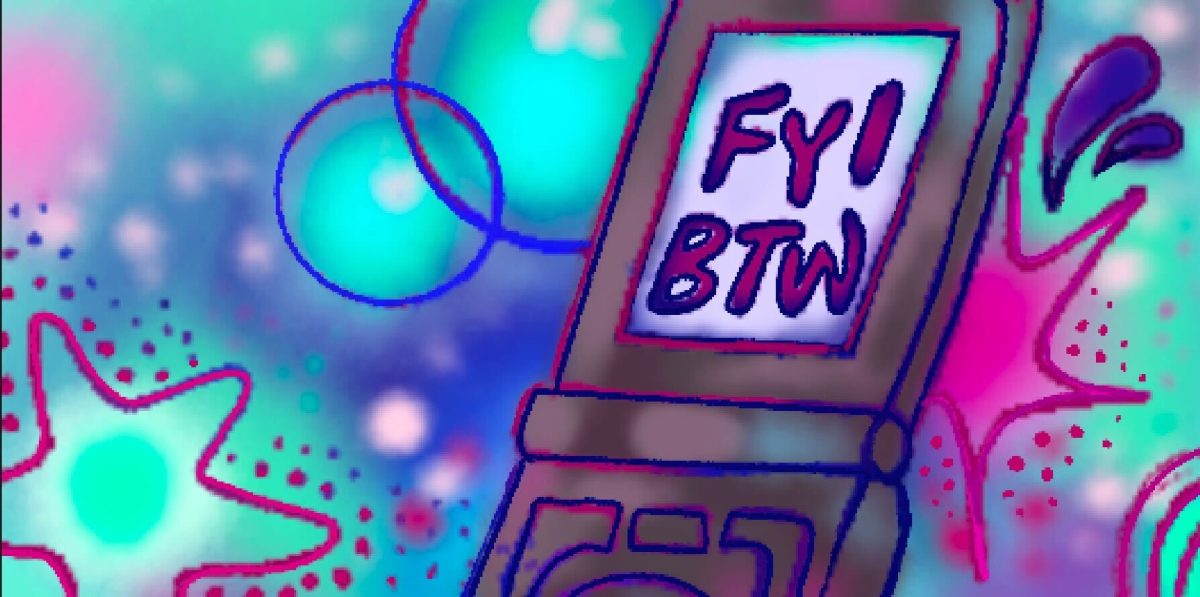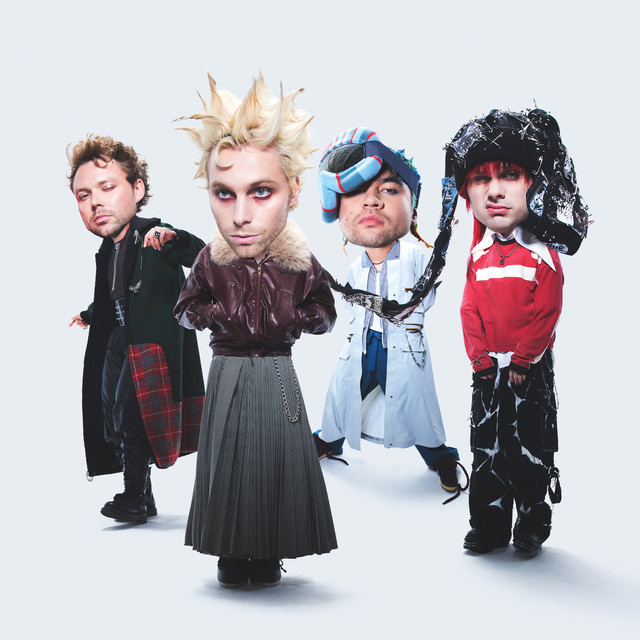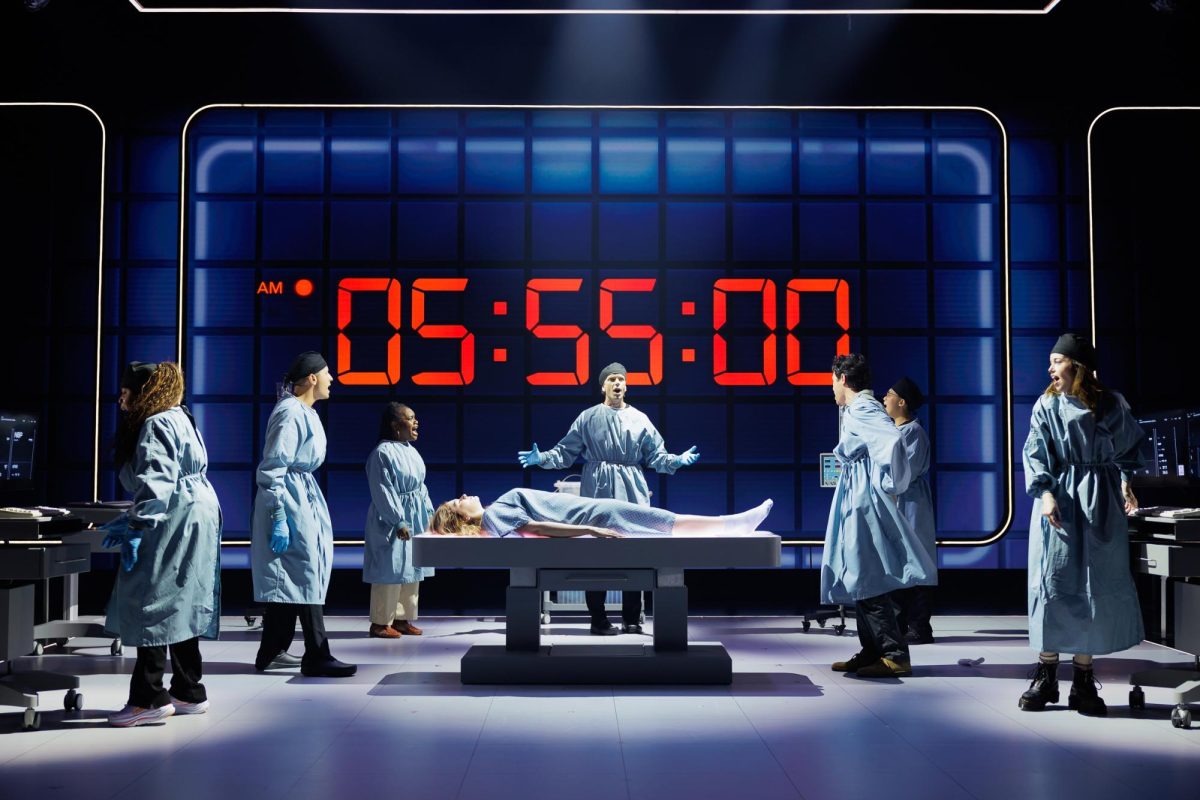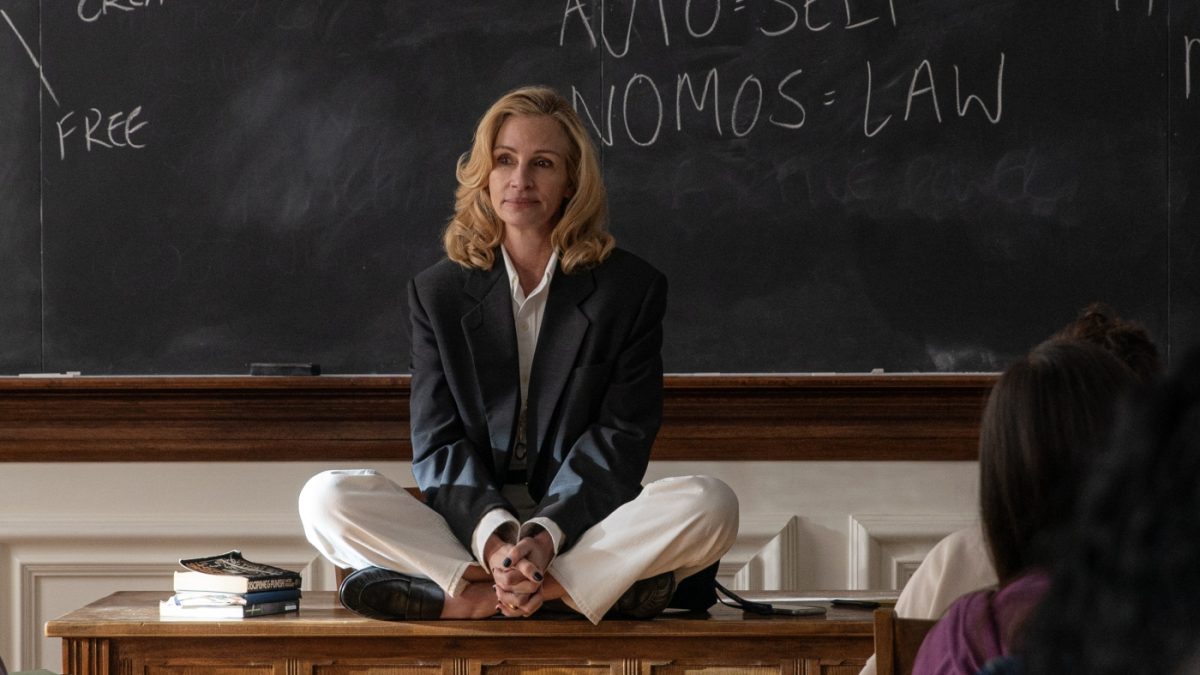Cooped up under the dim light of Geisel Library, balancing piles of work and midterms, it’s easy to forget about the beauty that surrounds UC San Diego. Relaxation and entertainment thrive right next door to the University in the natural scenery of Scripps Beach and the many art galleries lining La Jolla’s streets. Often overlooked or unexplored by students, little boutique-style galleries offer windows into the local art scene and a perfect way to explore the city via its creative landscape.
Of the many exhibitions currently open around La Jolla, I was most captivated by “Tom Driscoll: Configurations,” a solo show which opened on Feb. 1 at the Quint Gallery’s Girard Avenue location. The gallery features Driscoll’s 2017 “Array” series, one part of his Configurations exhibit. Although modest in size, the exhibition offers a striking visual experience that speaks volumes through its simplicity.
“Configurations” opened my eyes to the beauty in daily objects. Driscoll reinterprets everyday tools as sculptures in the form of concrete casts. Created from simple styrofoam mold packaging, these newly-shaped tools preserve temporary, breakable tools in significantly more durable forms. From scissors and miniature planes to toy guns, wrenches, and binoculars, Driscoll arranges his random objects into spaced-out clusters for this exhibit. While the installation occupies only one small room, the multicolored powder-pigment lacquer fills up the room.
The method of casting in concrete not only immortalizes the transience of these often overlooked items but also elevates their status from functional to artistic. Driscoll rebirths objects that were once commonplace and utilitarian, presenting them in a revitalized form and bringing them to the forefront of our attention. This subtle change in materiality transcends beyond each object’s previous existence and grants them a new life in austere simplicity.
The concrete form guarantees that none of the items on display can actually be used. By removing their capacity to act, Driscoll disconnects the objects’ identities from human activity, restoring to them the purity found in their immediate appearances. The scissors will never cut again, the binoculars will never magnify, and the toy guns will never shoot — and in that inertness, they become something more. They stand frozen in time, serving as a quiet reflection of the roles household items play in our lives and how easily their meanings can shift.
Driscoll draws a contrast between the rough, unyielding concrete and the delicate, once-ephemeral nature of the original tools, which adds an unexpected emotional weight to the work. There’s a silent, almost poetic quality to Driscoll’s pieces — they are at once familiar and strange, tangible yet untouchable. The bright pigments he uses — bold reds, blues, and yellows — prevent the works from appearing too austere. Instead, the colors lend a playful element, softening the inherent harshness of the concrete medium. The result is a delicate balance between whimsy and solemnity, memory and transformation.
“Tom Driscoll: Configurations” is more than just an art show; it’s an invitation to rethink how we perceive everyday objects and the roles they play in our visual and emotional landscapes. It’s a gentle reminder that beauty can be found in the most ordinary things — scissors, toy guns, wrenches — only if we allow ourselves the time to pause and look. Driscoll’s work challenges us to embrace the familiar in our everyday lives and to reimagine the world around us, one concrete cast at a time. For those seeking a brief yet thought-provoking escape from campus life, “Configurations” offers the perfect blend of artistic curiosity and local charm.


